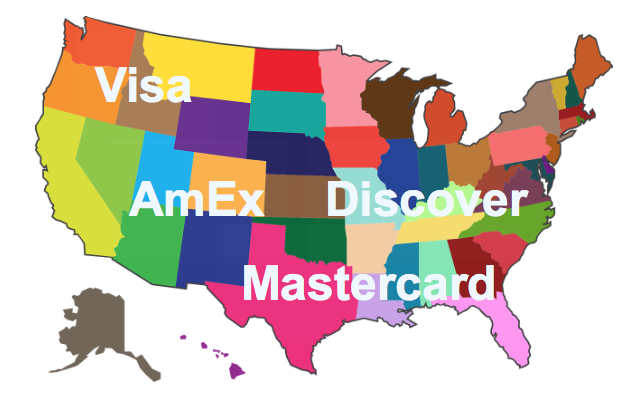
Credit card balances in the United States declined sharply in the second quarter, by $76bn, the steepest decline in card balances seen in the history of the data, according to the Federal Reserve.
The historic drop in credit card balances reflects the sharp declines in consumer spending due to the Covid-19 pandemic and related social distancing orders.
Overall US household debt has also hit a significant milestone
Total household debt decreased by $34bn (0.2%) in the second quarter, according to the Fed’s latest Quarterly Report on Household Debt and Credit.
This marks the first decline since the second quarter of 2014 and is the largest fall since the second quarter of 2013.
Reflecting the sharp decline in overall consumer spending due to the Covid-19 pandemic and related social distancing orders, credit card balances fell by $76bn, the steepest decline in the history of the data.
 Mortgage balances
Mortgage balances
Mortgage balances shown on consumer credit reports on June 30 stood at $9.78trl, a $63bn increase from Q1 of 2020.

US Tariffs are shifting - will you react or anticipate?
Don’t let policy changes catch you off guard. Stay proactive with real-time data and expert analysis.
By GlobalDataBalances on home equity lines of credit (HELOC) saw an $11bn decline, its 14th consecutive decrease since Q4 of 2016, bringing the outstanding balance to $375bn.
Auto loan balances were roughly flat in the second quarter. Student loan balances increased slightly by $2bn reflecting a wide application of forbearances on federal student loans and interest waiver.
In total, non-housing balances (including credit card, auto loan, student loan, and other debts) saw the largest decline in the history of this report, with an $86bn decline.







